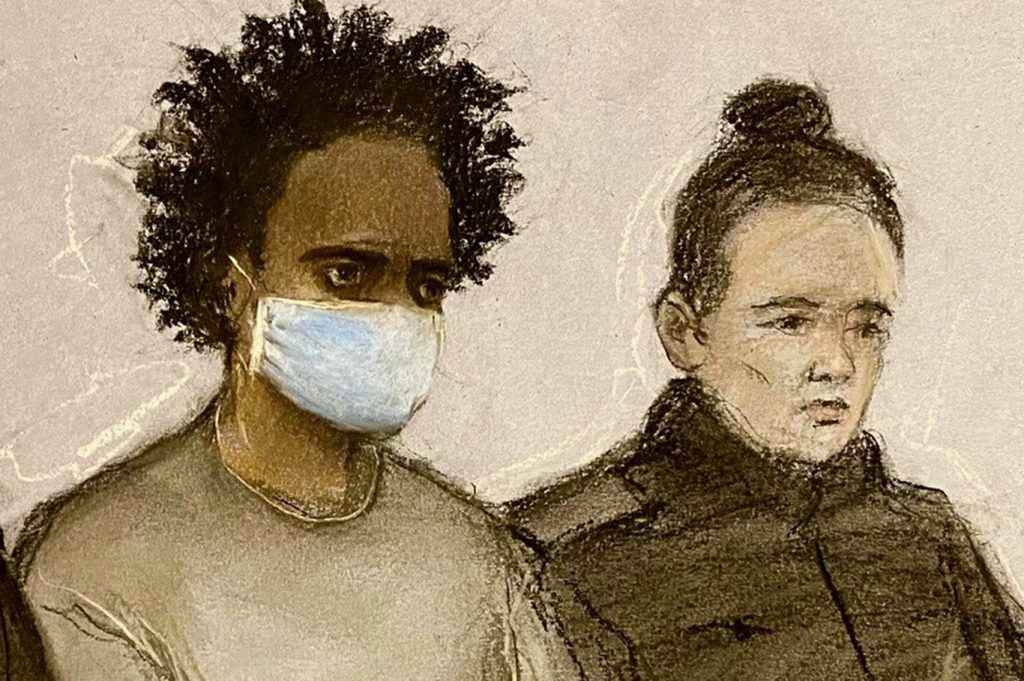Axel Rudakubana, an 18-year-old responsible for the tragic murders of three young girls in Southport, had been flagged to the Prevent program, a UK counter-terrorism initiative, on three separate occasions prior to the attack. The first referral occurred in 2019 when Rudakubana was only 13 years old. Two subsequent referrals were made in 2021 while he resided in Lancashire. These referrals raise critical questions about the effectiveness and reach of the Prevent program and whether opportunities were missed to intervene and potentially avert this tragedy.
The chilling details of Rudakubana’s crimes reveal a deeply disturbed individual. He pleaded guilty to the murders of six-year-old Bebe King, seven-year-old Elsie Dot Stancombe, and nine-year-old Alice Dasilva Aguiar, who were attending a Taylor Swift dance class at the time of the attack. Beyond these horrific murders, Rudakubana also admitted to ten counts of attempted murder, indicating a broader, more indiscriminate intent to inflict harm. The brutality of the attack and the young age of the victims sent shockwaves through the community and beyond.
While the attack itself isn’t being officially classified as terrorism, Rudakubana’s guilty pleas included two terror-related offences. One relates to the possession of information likely to be useful in the commission or preparation of a terrorist act, specifically violating Section 58 of the Terrorism Act 2000. The other involves the production of ricin, a highly potent biological toxin, in contravention of the Biological Weapons Act 1974. These charges, coupled with the earlier Prevent referrals, underscore the complexities and challenges faced by authorities when assessing and managing individuals exhibiting concerning behaviors.
Significantly, one of the Prevent referrals stemmed from Rudakubana’s disturbing online searches related to school massacres. He utilized school computers to access this material, raising immediate concerns about potential violent tendencies. Despite these alarming searches, an assessment concluded that he did not meet the criteria for intervention through the voluntary Prevent program. The reasons for this decision remain unclear, but it prompts questions about the program’s threshold for engagement and whether potential warning signs were missed or misinterpreted.
The nature of the concerns surrounding Rudakubana focused on his obsession with violence rather than any specific ideology or religious extremism. While such fixations can be deeply disturbing, they also present challenges for programs like Prevent, which are primarily designed to address ideologically motivated extremism. This case highlights the difficulty of identifying and managing individuals who exhibit a propensity for violence that may not fall neatly into the traditional categories of terrorism. It raises the question of whether there are adequate mechanisms in place to address violent tendencies divorced from specific ideologies.
Following one of the Prevent referrals, it was recommended that Rudakubana be referred to other support services. However, it remains unclear whether this referral was actually made or if any subsequent intervention occurred. This gap in information highlights potential systemic issues and emphasizes the importance of effective interagency communication and follow-up within safeguarding frameworks. The case underscores the need for a comprehensive and integrated approach to managing individuals exhibiting concerning behaviors, ensuring that they receive the appropriate support and intervention regardless of whether their actions fit a specific ideological profile. The tragic outcome in this instance necessitates a thorough review of the circumstances surrounding the referrals, the decision-making process, and the communication channels between agencies to identify any potential shortcomings and prevent future tragedies.











